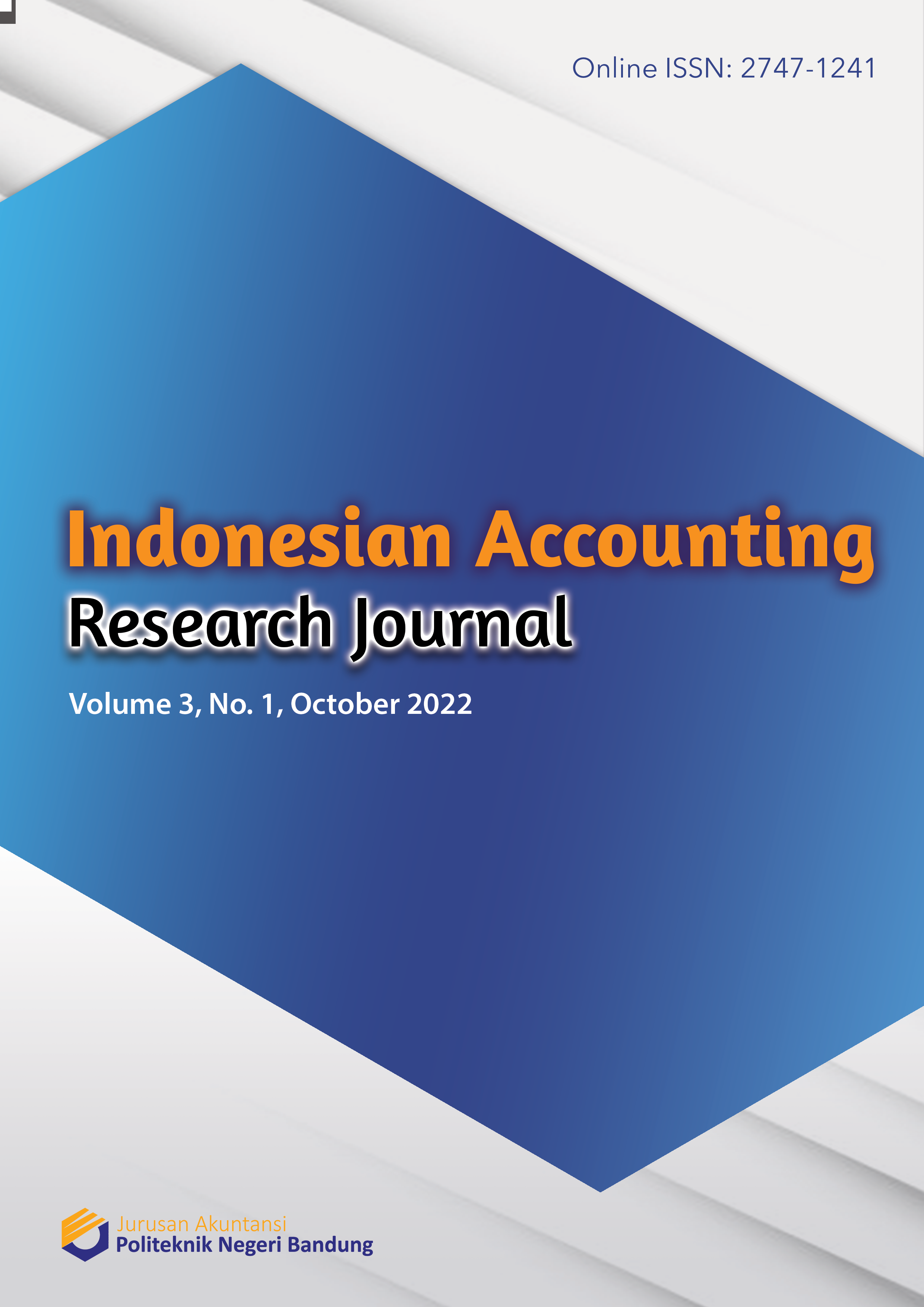Analisis Faktor Optimalisasi Tindak Lanjut Rekomendasi Hasil Pemeriksaan BPK terhadap Temuan Aset Tetap
Abstract
The government's financial statements will be reviewed by the BPK. The results of BPK's examination are in the form of LHP containing BPK's opinion on the fair value of the presentation of financial statements and findings regarding SPI and compliance with laws and regulations. The findings are then given recommendations and must be followed up by officials in accordance with BPK regulations Number 2 of 2017 Article 3. The percentage of follow-up in Bandung Regency is still below the minimum limit set by BPK. Meanwhile, the percentage of follow-up is sufficient to have an influence on the quality of the Financial Statements and the provision of BPK's opinion. The purpose of this study is to analyze the inhibiting factors of the follow-up process so that follow-up optimization can be carried out. This study uses a qualitative method with a case study approach. The data used are primary and secondary with data collection using interview and documentation techniques. The results of the study say that the factors causing the less than optimal follow-up to the findings of assets in Bandung Regency are caused by human resources, lack of strict sanctions, inaccurate information systems, and the role of other parties.



